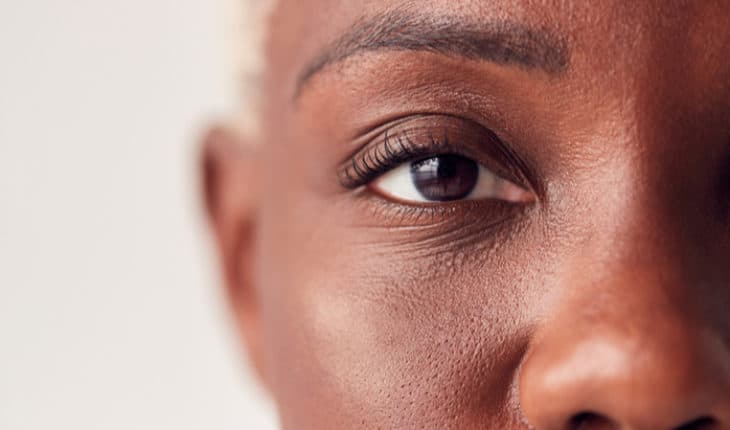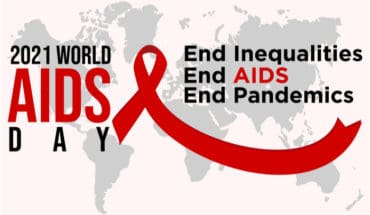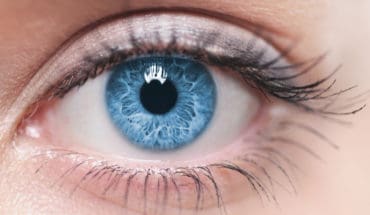Treating vision loss globally would see social and economic benefits: An estimated 1.1 billion people were living with untreated vision impairment in 2020, but researchers say more than 90 per cent of vision loss could be prevented or treated with existing, highly cost-effective interventions.
Published today in The Lancet Global Health, a new commission report on global eye health calls for eye care to be included in mainstream health services and development policies. It argues that this is essential to achieve the WHO goal of Universal Health Coverage and the 2030 United Nations (UN) Sustainable Development Goals (SDGs).
Written by 73 leading experts from 25 countries, including University of Melbourne Professor Hugh Taylor, The Lancet Global Health Commission Report on Global Eye Health reveals that with the right tools, strategies, and sufficient funding, improving eye health can have immediate and substantial benefits for the economic and social prosperity of individuals and nations.
Researchers found addressing preventable sight loss could bring global economic benefits of $AUD 530 billion a year and is essential to reducing poverty and inequality, while improving education, gender equality and employment prospects.
Without additional investment in global eye health, new estimates also reveal that 1.8 billion people are expected to be living with untreated vision loss by 2050. The vast majority (90 per cent) reside in low- and middle-income countries (LMICs), with the greatest proportion in Asia and sub-Saharan Africa.
The commission also identifies an eye healthcare workforce shortfall as a major barrier to care in LMICs, with one ophthalmologist serving one million people in parts of sub-Saharan Africa, compared to an average 76 per million in high-income countries.
Professor Taylor said: “Overall, Australia has excellent health care including eye care, however it’s not available, accessible, appropriate and affordable for all, particularly for Indigenous Australians.
“It is wrong that our First Nations people and those living in low-socio-economic areas are still disadvantaged when it comes to preventable vision loss. This includes having access to proper hygiene facilities that play a key role in preventing eye infections and other illnesses.
“Eye care needs to be integrated into universal health care as recommended by WHO as it contributes significantly to achieving the UN SDGs. It is important that data are monitored regularly to ensure all are receiving the eye care that they need and deserve.”
Evidence in the report shows that impaired vision disproportionately affects women, rural populations, and ethnic minority groups.
New estimates suggest that for every 100 men living with blindness or moderate to severe vision loss worldwide, there are 108 and 112 women affected, respectively. Much of this gender imbalance is determined by socioeconomic factors, such as reduced access to care.
To develop and deliver comprehensive eye health services that are well integrated in national health systems, are people-centred, and further the SDGs, the commission authors call on governments to:
- Adopt a new definition of eye health which includes maximised vision, ocular health, and functional ability, while recognising its contribution to overall health, wellbeing, social inclusion, and quality of life.
- Promote the rights of people with vision impairment by creating a more inclusive society. For example, by providing rehabilitation services, assistive technology, and accessible spaces.
- Include eye health as a key component of universal health coverage, and part of the planning, resourcing, and delivery of wider health care. Key to this is strengthening eye care delivery within primary care.
- Eliminate cost barriers to accessing eye care by incorporating population needs into national health financing to pool risk and protect the most vulnerable.
- Improve access to quality eye care, particularly in remote areas, using technology and treatment developments in telemedicine, mobile health, and artificial intelligence.
- Expand the eye health workforce to meet population needs, for example by increasing the number of skilled personnel, strengthening training, and providing better equipment.
- Integrate eye health teams into the general health workforce, and train general healthcare workers in eye health.
This commission was supported by grants from The Queen Elizabeth Diamond Jubilee Trust; Moorfields Eye Charity; NIHR Moorfields Biomedical Research Centre; The Wellcome Trust; Sightsavers; The Fred Hollows Foundation; SEVA Foundation; British Council for the Prevention of Blindness; and the Christian Blind Mission.
First published by the University of Melbourne
- New lipid-based pathway discovered as key to memory formation - 25th June 2025
- Crucial link could explain how Alzheimer’s takes hold - 25th June 2025
- Understanding Your Mind Can Improve Daily Life - 25th June 2025







